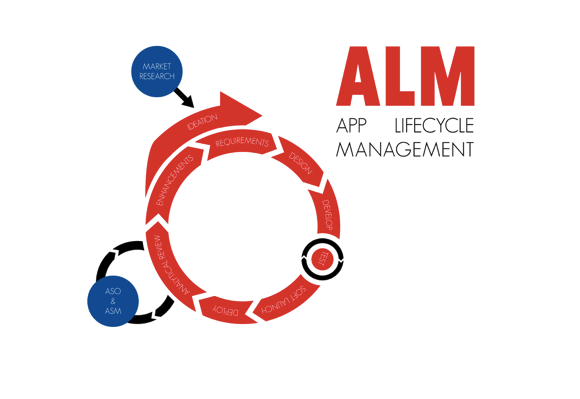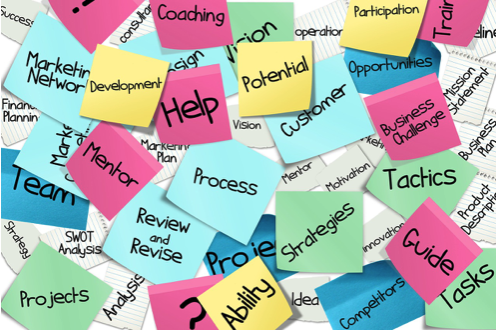Why Lower Cost Android Freelance Projects Aren’t Actually Cheaper Than Agencies
The True Cost of Cheap Android Freelance Projects Development
Cost is a funny thing because while there is always a cost, it isn’t always obvious. Hence, this is where the difference between value and cost comes into play. Since the beginning of 2020, when the pandemic started, the application market has been one of the few to not only survive, but thrive. As the world embraced a more digital economy, app developers capitalized on the robust influx of user-traffic. In turn, this created ample space for new appreneurs, existing developers, and first-time app designers to enter the market. While it may be tempting to contract a freelance developer for your android freelance projects, but before you do – make sure to conduct your due diligence.
Undoubtedly, when you compare prices between an agency development firm and a freelance developer; the freelancer will almost always be the cheaper of the options. However, as mentioned above, upfront cost doesn’t always paint the whole picture. When it comes to your android freelance projects, consider what will be best for the end result, and for the user.
Pulling Back The Freelance Veil
Freelancing is often a bit of a shadow-realm it feels. It doesn’t have to be, though. Freelance android developers seem an inexpensive option up-front, but in reality; that inexpensive cost comes with a much higher price. The average rate of an android freelancer is around $60/hr. This is a relatively low cost when compared to the prices of an agency, but this low of an hourly rate should raise a few red-flags.
Firstly, that low of an hourly rate in app-development likely means that the freelancer may be less experienced, or just simply not as talented as agency developers. In turn, this translates to a sloppy finished product that may be low-quality. All because the freelancer didn’t pay as much attention to the details of your android freelance projects as was necessary. A poorly designed application won’t help you gain traction or users, has potential to be riddled with bugs and errors, and will certainly end up costing you time and money, essentially all for naught. By choosing an agency developer, however, you protect yourself, and your project, against the freelancer liability with a quality guarantee.
Don’t get tripped up by the appearance of low-cost development, and remember that the true value is in the end result.
Up-Front Cost Vs. True Value
When it comes to app-development, quality and user experience are two of the highest priorities. Understanding this is integral to developing applications that are user friendly and attract a wide user-base. By creating a user-friendly application, the user-experience is immediately enhanced. An enhanced user-experience is good because it leads to longer log-times on the application, in addition to other important performance KPIs. A dedicated and robust user-base that consistently engages with your application is the ultimate goal for developers. To get there, though, takes more than just a good app-idea. It also takes strong execution.
Having a good app-idea is only half the battle, poor management or subpar execution on that idea might lead to failure. That’s why it’s important to know the implications of choosing your app-developer. While it may be enticing to bring freelance android projects to freelance developers due to their low cost of development, keep in mind what exactly it is for which you’re paying. Everyone, especially business owners and app-developers alike, are trying to save money where they can. Though, the best app-developers know full-well the areas that continue to need full-throttled-funding; and agency app-development is one of them.
The Vitality of Quality
Quality over quantity is one of the most common expressions of all-time. Simply put, this phrase emphasizes the importance of quality in our ventures and personal lives. In the context of mobile-app-development, this means putting the quality of the application over the upfront cost of the development.
Once again, while freelance developers come with an attractive rate, keep in mind that app-development aims to solve problems and deliver value to the end-user. You sacrifice quality by selecting a cheap developer for your android freelance projects. This, in turn, leads to an underdeveloped application that will frustrate users and send them to your closest to competitor. Worse yet, by developing a low-quality application, you may just open the door for another developer to execute the same concept in a much stronger fashion by paying more attention to user-experience and overall app quality.
Developing applications with an agency, on the other hand; comes with a quality-guarantee, continuous feedback rounds, and a dedicated team of experts. Meaning from start to finish, you application is in good hands. Not to mention, agency developers have insights into current user-trends and app store data. These insights allow them to build apps that will innately have a higher chance of success by leveraging app-store strategies and tactics from the onset of development.
Common Obstacles With Android Freelance Projects
Beyond quality and the true-cost of freelance android developers, there are other common issues that arise with freelancers as well. Since freelancers often work for themselves there is a much less rigid schedule to which they must adhere. Not only does this mean that they are likely taking on a handful of projects simultaneously; but that they may be rushing through some of those projects in order to ‘just get the work done’.
Such a liquid schedule can lead to a few complications with your android freelance projects. For instance, if you don’t require any check-ins, or progress updates from your freelancer; there’s a chance that projects get delayed and pushed back several weeks, even months from their initial due dates. In fact, there’s a slight chance they never finish the project at all. Ultimately, leaving you to hire an agency after all.
On the other hand, since freelancers don’t always have a steady income, some of them have a tendency to rush through their projects and deliver accelerated timelines. This, while on the surface seems like a good thing, once again circles back to the lack of quality and attention that freelance developers are capable of dedicating to your project.
Wrapping Up: Freelance Development Vs. Agency
There’s a lot to consider before jumping into app development. However, anyone and everyone is capable of having the next great app-idea and becoming a rockstar appreneur. Yet, execution is just as important as the idea itself. Prioritize quality and the user-experience in your app development and you’ll see the true-value of your investment in the end-product. There are plenty of ways to cut-corners in life. Short-cuts if you will. Taking them, though, doesn’t always work out the way you expect. In app development, there are no short-cuts.
By choosing a freelance developer for your android freelance projects you take the risk of spending more in the long-run, hiring an agency to fix the poorly designed app or start from scratch, and opening yourself up to freelancer liability. Choose an agency developer and rest assured that your application will be designed with quality and the user experience as the top priorities.
For more information on app development, agency vs freelance developers, and anything else related to app development, keep browsing NS804. NS804 is the proud agency of the everyday appreneur.


